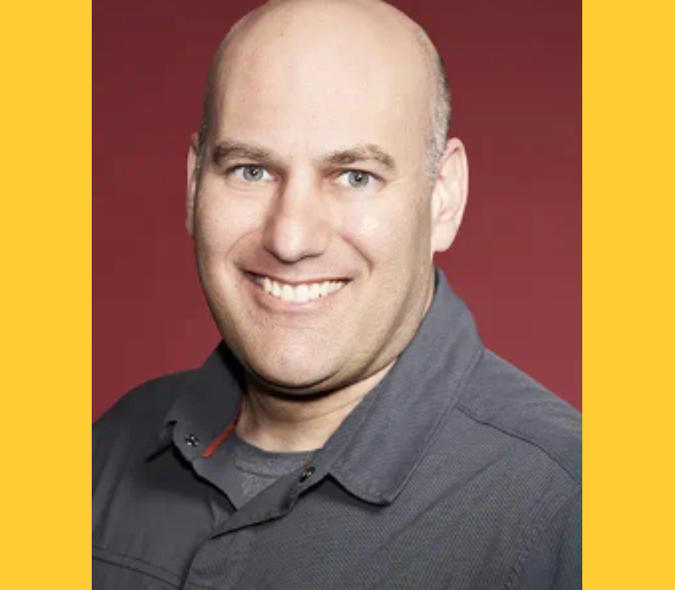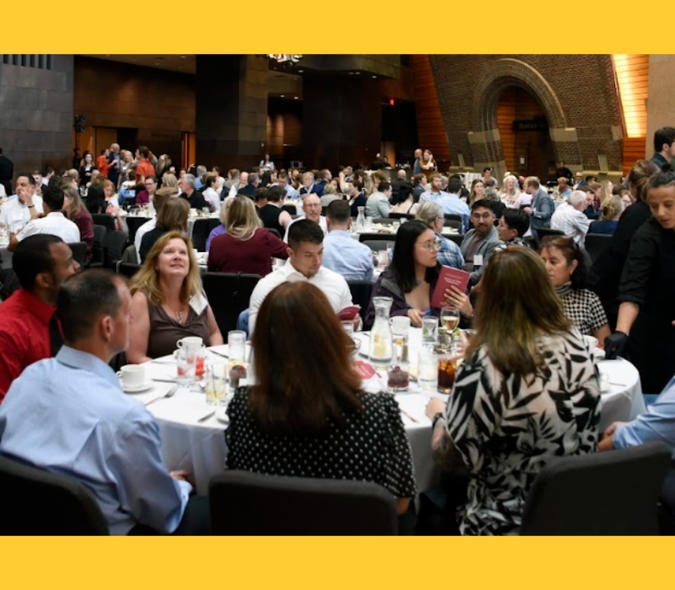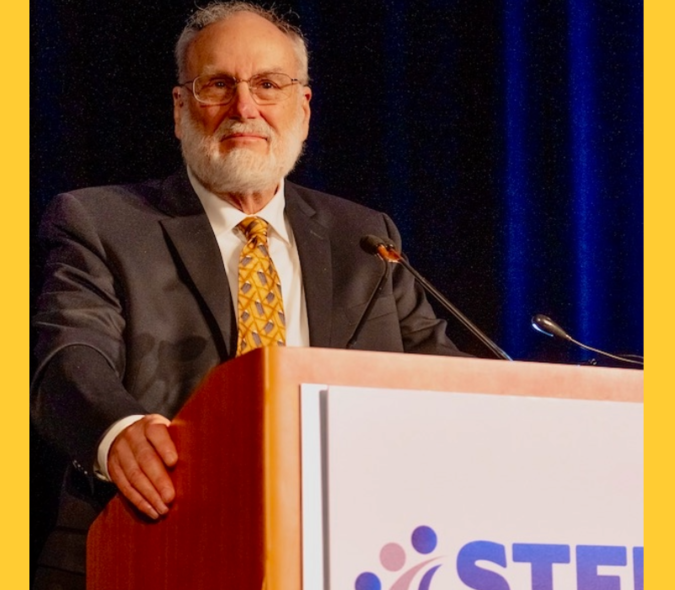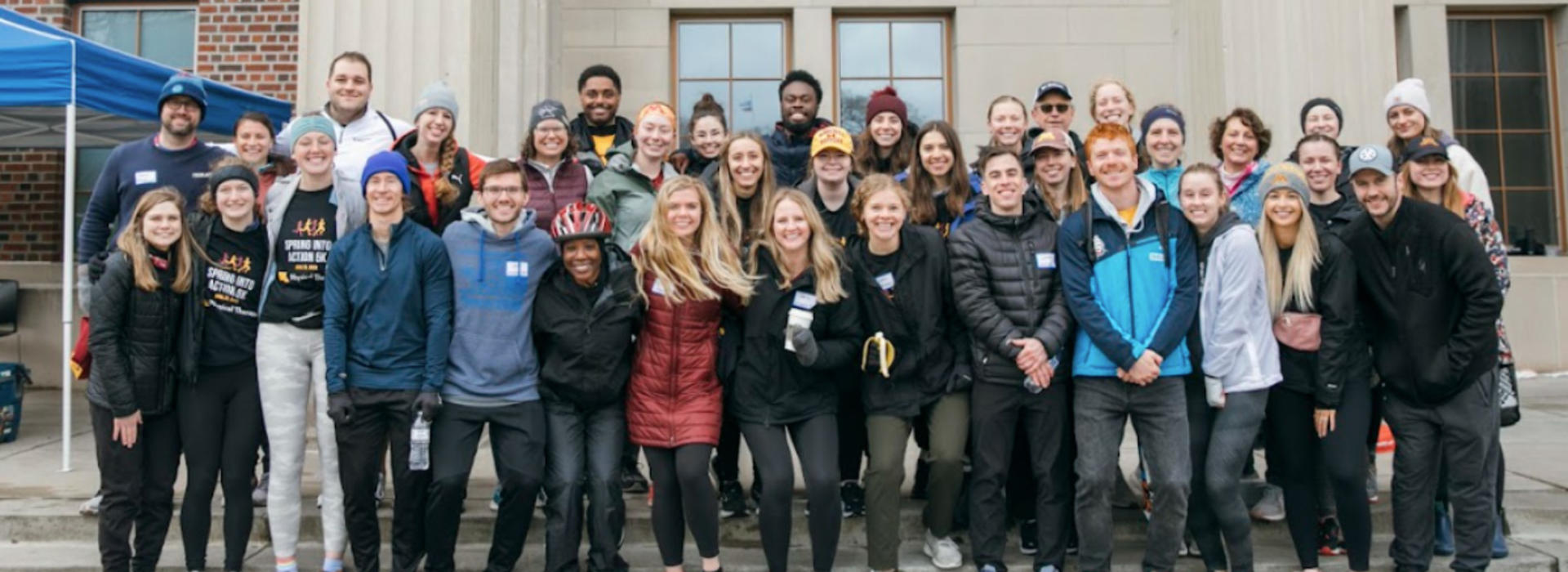
The Division of Physical Therapy and Rehabilitation Science Joins the Department of Family Medicine and Community Health
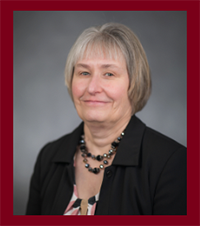
In December 2023, the Division of Physical Therapy and Rehabilitation Science transitioned from the Department of Rehabilitation Medicine to become part of the Department of Family Medicine and Community Health. The Rehabilitation Science PhD graduate program transitioned with the Division because of its close alignment with the physical therapy program. Dr. Paula Ludewig, director for the Division of Physical Therapy, spoke with us about the division, its diversity and equity work, and exciting collaborations and strategic partnership taking place.
The Division of Physical Therapy and Rehabilitation Science officially became a part of our department in December. What is the context behind that and what is important for our people to know?
We are very grateful to the Department of Family Medicine and Community Health for helping to support us in our ultimate goal of becoming our own department in the next three to five years. Currently around 90% of physical therapy programs nationally are departments. By being part of family medicine, we can benefit from collaboration as well as greater visibility across the Medical School. The department provides a really nice structural model for how to align things and will be a great model for us to follow. Along the way, our partnership is going to lead to some great collaborations and end up being very beneficial for all of us.
We anticipate continuing to grow. Our annual class size amounts to less than half of the therapists that are graduating from physical therapy programs in the state. Yet we're the only public program.
The needs are such that the cost of private physical therapy education is rapidly outpacing the salaries that physical therapists receive. There are workforce shortages, but they're not going to be met—at least not well by costly education programs. And we want to serve the needs of the state and continue to expand. This integration will help us to do that.
Can you tell us about the Doctor of Physical Therapy (DPT) program?

Our main program is the doctorate in physical therapy. The physical therapy program began in 1941 as a certificate. It wasn't even a bachelor's degree at the time. Eventually it grew, and it has been a professional doctorate since 2005. Entry-level physical therapists need to be educated across all areas of clinical practice from pediatrics to geriatrics, orthopedics, neurorehabilitation, cardiopulmonary, oncology care, and more.
After entry-level training, many physical therapists will go on to specialize. We also have a geriatric residency training program. We further partner with M Health Fairview and Northwestern University, where we have some involvement with residencies that they manage.
With Fairview, there are two orthopedic residents and two sports residents each year that we provide research advising for. Sports residents are embedded into athletics. We recently initiated a Division I Athletics training fellowship with Fairview as well. The Northwestern residency is run in partnership with Park Nicollet here in town.
We're involved in residency and fellowship education, but the vast majority of what we do, at least currently, is offering and administering the doctorate in physical therapy degree.
What does the physical therapy program look like in terms of years of study and structure?
Sometimes people aren't aware that students do get an undergraduate degree first, then come in and complete a three-year physical therapy program. It's similar to medical school, although one year less.
Students have about two years of didactics with us. In those traditional classroom sessions, they learn a lot of hands-on skills as a physical therapist, both evaluation- and treatment-focused. They also complete integrated clinical training for several hours each week. Then in their final year, the students go out in clinical settings full time to treat patients with supervision. They graduate after their third year.
We have about 60 to 64 students per cohort over three cohorts. So that's over 180 trainees. When the PhD program in Rehabilitation Science is factored in, the number increases to a little over 200 trainees in the combined divisions.
What kind of research areas does the Division of Physical Therapy focus on?
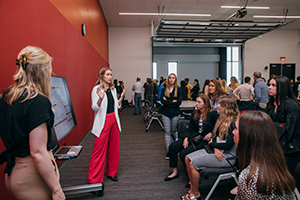
The specific research depends on our faculty’s particular interests, but physical therapists basically evaluate and treat movement and movement dysfunction. We're focused more with the quality-of-life aspects of things. The vision statement for the profession is “transforming society by optimizing movement to improve the human experience.”
We spend a lot of time with patients after, say, a stroke or cancer, working on rehabilitating function. For example, in oncology, we're focused on the survivorship quality of life and the peripheral neuropathy that they might have after their cancer treatment.
We have a pretty vast involvement in musculoskeletal health, sprains, strains, and things like that. In many ways, we're a school of physical therapy, covering all specialties. All of those areas have to be covered in our students’ education, and all of those areas get covered in our research as well.
Some of our faculty are experts in the autonomic nervous system and cardiovascular health. We have some basic science researchers doing muscle physiology and neuroplasticity of the respiratory system, mostly in animal models. We have a new faculty who's investigating fall risk and fall prevention with an emphasis on dementia. Several of us are researching musculoskeletal conditions. Faculty are also involved in motor control and neurorehabilitation research, pediatrics research, as well as education research. It really spans a wide range.
Some of our faculty are embedded into athletics, and they are studying athletes in terms of the injuries that they sustain while also trying to prevent injuries and understand injury risk over time.
Your division touches upon many disciplines. What do your interdisciplinary collaborations look like?
Cancer rehabilitation and survivorship are fairly unique areas representing a prime example of our collaborative work. We collaborate with something like 20 different University departments in one way or another. I am personally highly involved with orthopedics, while other faculty are involved with, say, pediatrics or neurology. We've had long-standing collaborations with family medicine, particularly with the Minnesota Northstar Geriatric Workforce Enhancement Program due to our geriatric residency.
The other area where there's been some interaction—and where we're hoping to expand—is sports medicine. We have interacted a bit historically with Drs. Suzanne Hecht and Steve Stovitz. Before COVID, we had talked with the DFMCH about embedding physical therapy learners into Smiley's clinic. Talks about that had to take a pause, but we'd like to revisit those discussions because there's a lot of opportunity to embed our learners and potentially expand some of these residency experiences.
What other opportunities are you excited about?
Dr. Justin Staker has done a nice job of integrating into athletics, and there might be more opportunities to collaborate in interprofessional learning-type experiences. We're very excited about the potential for Dr. Sara North, one of our faculty who is co-director for the Center for Interprofessional Health, who has that interprofessional background and experience too.
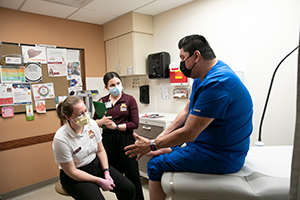
Obviously, primary care is a big aspect of what family medicine does, and we can assist in different aspects of that. There's lots of opportunity for physical therapists to be more involved in helping to screen patients—getting the right patients to the right physicians, doing fall risk assessments, etc. When there are physician shortages, we can potentially help alleviate some of the load when possible.
How do you see your program expanding further?
We're interested in the possibility of expanding into St. Cloud and Duluth, perhaps offering our students practice in clinics there while still receiving training here on campus. But ideally in the long term, we'd love to see regional embedding of physical therapy students into St. Cloud and Duluth as well, similar to the Medical School.
We anticipate continuing to grow our class size a little. There is the possibility to partner with Occupational Therapy and Speech Language Hearing Sciences, who are our natural collaborators too, and allow referral of patients to a rehabilitation clinic.
These are big ideas that obviously will take time and energy to accomplish, but we are excited to make progress. We see our base education footprint continuing to grow. There are definitely needs for specialty training across the state that we'd like to help fill.
What other ways do you see the program benefiting patients and trainees?
With regard to cancer rehab and cardiovascular rehab, the average generalist physical therapist isn't necessarily up to speed in all of those areas as well as geriatrics and pediatrics. This is a gap we can help fill.
One of our PhD students who is also a physical therapist works closely with the dental clinic. Her dissertation deals with tele-rehabilitation of the jaw and neck-associated symptoms with traditional hands-on care.
Somewhat surprisingly, she actually filled her tele-rehab group faster than her in-person rehab group. Again, this is an example of increasing access—looking for ways to offer specialty care to those who wouldn't otherwise necessarily receive it because of a barrier such as not being able to drive down from Duluth every week.
Can you speak to the diversity, equity, and inclusion work that you've been doing?
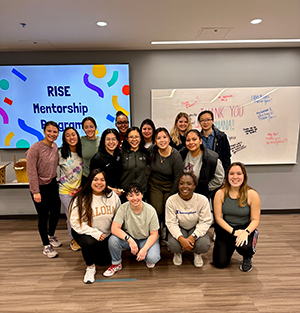
Our division has a very active diversity, equity, and inclusion (DEI) student group. The group recently started what they call the RISE Program, an inclusive mentorship program that stands for Resilience, Inclusion, Support, and Empowerment. It is an optional opportunity for first-year Division of Physical Therapy students of underrepresented identities to have additional support from student mentors.
We also have a faculty committee that includes a student representative in the DEI space. Faculty member and co-director for admissions Dr. Briana Partee was hired to help lead DEI initiatives in addition to her other duties. She's been trying to recruit underrepresented folks to diversify our class representation.
Prior to these efforts, we enrolled around 10% underrepresented students, and that had risen to 30-40% in our most recent class. Similarly, our faculty not that long ago was 100% white. We've been trying to be cognizant of that and diversify our faculty and staff, and we've made some progress there. There's still much room to grow.
At the beginning of every faculty meeting, we devote time to speaking about DEI work and progress. We ask a faculty to bring something in to discuss so that they're engaged in it—this could be a topic they have learned about over the last year or an initiative they've been particularly interested in and want to promote.
Are there other DEI projects you are working toward?
Yes, and it is a good example of how we plan to partner with family medicine. We desperately need to train clinical instructors in Minnesota on DEI. They don't necessarily have much experience since physical therapists in Minnesota are something like 94% white. Of course, the population that we’re serving is not.
It is critical to train the clinical instructors because our students will graduate with certain knowledge and expectations, making it essential that clinical instructors are up to speed and aware. We call this the DECIDE Series, begun by Dr. Sara North and Dr. Partee, and it stands for Developing and Empowering a Culture of Inclusion, Diversity, and Equity. The six-week program offers a guided journey in integrating DEI concepts into clinical practice for providers and preceptors and building an inclusive culture in the workplace. It's once a week and features digestible, actionable things like a short video and ideas on what you should do or think about that week.
We also have the Human Movement Pathways Program, which began a couple of years ago with the idea of taking some of the President's Emerging Scholars who have an interest in health care. For those interested specifically in physical therapy, we worked out a program with the School of Kinesiology where applicants can get early consideration of their application if they know for sure that's the route they want to take. It is specifically geared toward diverse learners, although we have to make sure it's open to everyone who qualifies.
In addition to increasing diversity, are there other motivators behind programs like these?
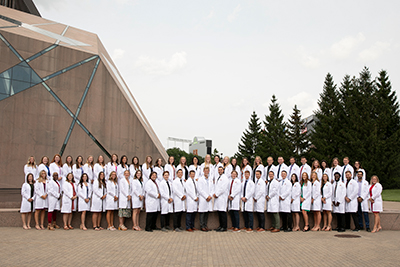
The cost of physical therapy education, particularly for post-graduate, is outpacing the salary changes—especially as Medicare gets more stringent on reimbursement. Consequently, we're always looking for how we can be saving students money.
The original idea of some of these pathways programs was how we could find a way to streamline students’ undergraduate education (because we don't think it's reasonable to shorten the three years of physical therapy studies).
There could be schools we could collaborate with to get students’ undergrad down to a three-year degree. Perhaps we tie in some of the classes at the beginning of their physical therapy education, such that it's a three-plus-three scenario as opposed to a four-plus-three to streamline it. Creative ideas like these would save on costs without jeopardizing the learning they need to have during their physical therapy school time. We have some promising leads to accomplish this with other UMN campuses.
Any final thoughts?
We're so excited for the new opportunities that will come from being a part of family medicine. We are an ambitious group, highly committed to the students and the profession. We look forward to things we can do together, and we are proud to be part of such a strong, diverse department—and we look forward to contributing to, and building upon, those strengths!
